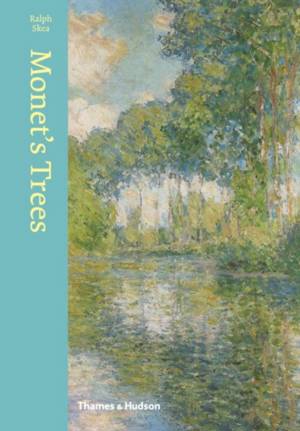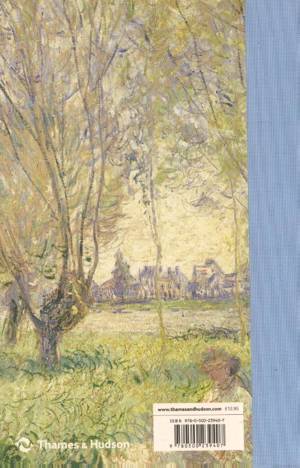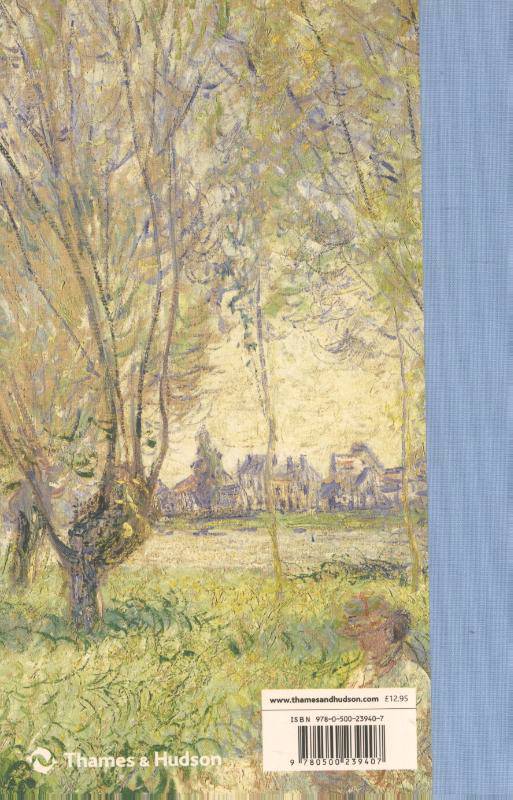
- Afhalen na 1 uur in een winkel met voorraad
- Gratis thuislevering in België vanaf € 30
- Ruim aanbod met 7 miljoen producten
- Afhalen na 1 uur in een winkel met voorraad
- Gratis thuislevering in België vanaf € 30
- Ruim aanbod met 7 miljoen producten
Zoeken


€ 20,95
+ 41 punten
Omschrijving
"I perhaps owe it to flowers," wrote Claude Monet (1840-1926), "that I became a painter." His fascination with trees, while perhaps of equal intensity, is less well-documented. One of the leading figures of the Impressionist movement and perhaps the most celebrated landscape painter of his age, Monet dedicated his life to capturing the subtleties of the natural world. Trees--willows enveloped in the eerie mists of the Seine, palm trees beneath the bright Mediterranean sun, poplars heavily laden with snow--became a significant motif in his work, and he used them to experiment with an extraordinary variety of tones and colors. Ralph Skea explores Monet's depictions of trees across more than seventy works, including finished oil paintings and more fleeting sketches in oil, pastel, and pencil.
The book is divided into five main chapters, each focusing on a different theme: Monet's earliest drawings and paintings of trees; his atmospheric use of rivers and coastlines from England to Italy; the fields, farmlands, and orchards of France; parks and gardens in both the city and the countryside; and his muted depictions of trees in winter. Skea's introduction draws together these threads, putting them in the context of Monet's oeuvre as a whole and tracing his artistic development.
The book is divided into five main chapters, each focusing on a different theme: Monet's earliest drawings and paintings of trees; his atmospheric use of rivers and coastlines from England to Italy; the fields, farmlands, and orchards of France; parks and gardens in both the city and the countryside; and his muted depictions of trees in winter. Skea's introduction draws together these threads, putting them in the context of Monet's oeuvre as a whole and tracing his artistic development.
Specificaties
Betrokkenen
- Auteur(s):
- Uitgeverij:
Inhoud
- Aantal bladzijden:
- 112
- Taal:
- Engels
Eigenschappen
- Productcode (EAN):
- 9780500239407
- Verschijningsdatum:
- 1/10/2015
- Uitvoering:
- Hardcover
- Formaat:
- Genaaid
- Afmetingen:
- 171 mm x 240 mm
- Gewicht:
- 530 g

Alleen bij Standaard Boekhandel
+ 41 punten op je klantenkaart van Standaard Boekhandel
Beoordelingen
We publiceren alleen reviews die voldoen aan de voorwaarden voor reviews. Bekijk onze voorwaarden voor reviews.









